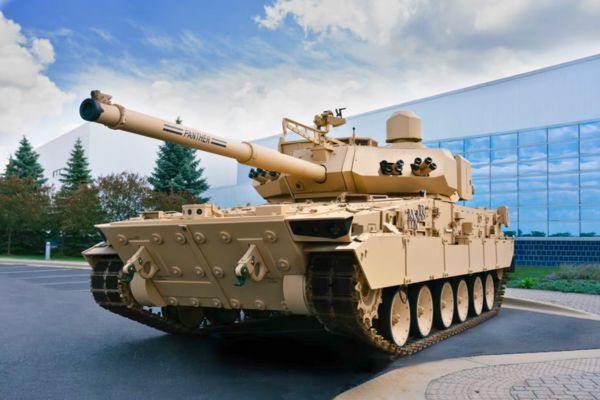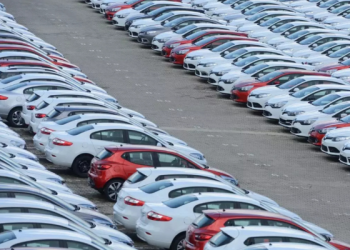Mobility plays a crucial role in various sectors, including the military and construction industries. The ability to move personnel, equipment, and materials efficiently is essential for operational success and project execution. This piece takes the reader on a journey through the spending patterns of the military and construction sectors regarding mobility.
Military mobility:
The military’s mobility requirements are driven by strategic and tactical considerations. Armed forces worldwide allocate significant resources to develop and maintain a robust mobility infrastructure. This includes investments in land, air, and sea-based assets to ensure rapid deployment, logistical support, and manoeuvrability.
Military spending on mobility:
According to the Stockholm International Peace Research Institute (SIPRI), total global military expenditure reached a staggering $2.0 trillion in 2020. It increased by 3.7 per cent in real terms in 2022, to reach a new high of $2240 billion.
While specific breakdowns for mobility-related spending are not readily available, it is evident that a substantial portion of military budgets is dedicated to mobility-enhancing capabilities. This includes investments in vehicles, aircraft, ships, helicopters, and associated infrastructure.
Land Mobility:
Land-based mobility is critical for military operations, with investments directed towards armoured vehicles, trucks, transporters, and other specialized equipment. Countries with significant defence budgets, such as the United States, China, and Russia, allocate substantial resources to land mobility, ensuring rapid deployment of troops and equipment in diverse terrains.
Air Mobility:
Air mobility capabilities, including transport aircraft and helicopters, enable rapid deployment, troop insertion, and logistics support. Notable examples include transport planes like the C-130 Hercules and cargo helicopters like the CH-47 Chinook. Major military powers invest heavily in air mobility to maintain strategic reach and operational flexibility.
Sea Mobility:
Naval mobility, primarily achieved through aircraft carriers, amphibious assault ships, and other naval vessels, is crucial for projecting military power globally. Naval mobility investments enable the rapid movement of forces, equipment, and supplies across vast distances and various maritime environments.
Construction in motion:
The construction industry relies on mobility to ensure the smooth execution of projects, including the transportation of materials, machinery, and personnel. However, the nature of mobility needs in construction differs from those of the military sector, as construction projects are generally stationary and focused on specific sites.
Construction spending on mobility:
According to data from Statista, global construction spending amounted to about $11.4 trillion in 2011. By 2020, this figure had grown to approximately $12.9 trillion. The steady increase in construction spending reflects the ongoing demand for infrastructure development, urbanization, and commercial projects around the world.
While not solely focused on mobility, a significant portion of construction budgets is allocated to transportation-related needs, including vehicles, equipment, logistics and specialised equipment tailored to the unique demands of construction sites.
Transportation of Materials:
The construction sector heavily invests in transportation infrastructure to facilitate the movement of construction materials such as cement, steel, and aggregates. This involves expenditures on a fleet of trucks, specialized haulage equipment, and logistics systems to ensure timely and efficient delivery of materials to construction sites.
Equipment transport:
Construction projects often require the transportation of heavy machinery, such as excavators, bulldozers, and cranes. Companies invest in specialized transport vehicles capable of safely moving these large and heavy equipment pieces between project sites, contributing to overall mobility-related expenses.
Personnel Transportation:
Mobility in the construction sector also encompasses the transportation of personnel to and from construction sites. Construction companies may invest in vehicles or contract transportation services to ensure the timely arrival and departure of workers, particularly for projects located in remote or inaccessible areas.
Over the past decade, both the military and construction sectors have witnessed significant budgetary allocations towards their respective mobility needs although precise figures may vary among countries and regions.
Read more on 5 countries with the most automobile firms in the world



















![London Luton Airport [International Airport Review]](https://autojournal.africa/wp-content/uploads/2023/09/London-Luton-Airport-International-Airport-Review-120x86.png)
